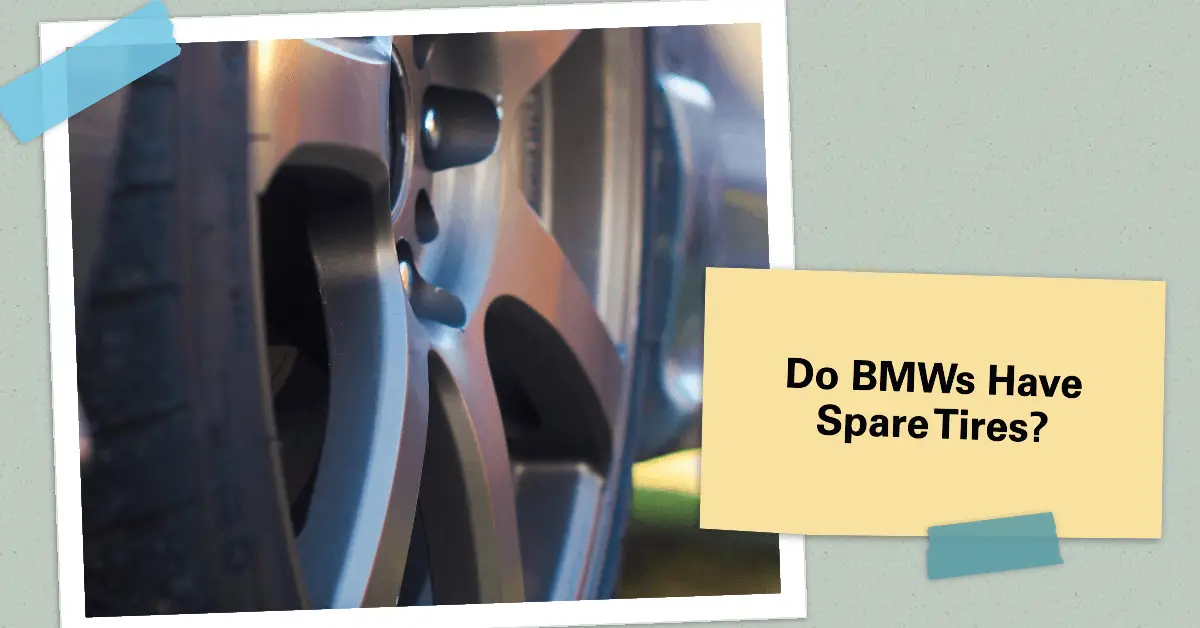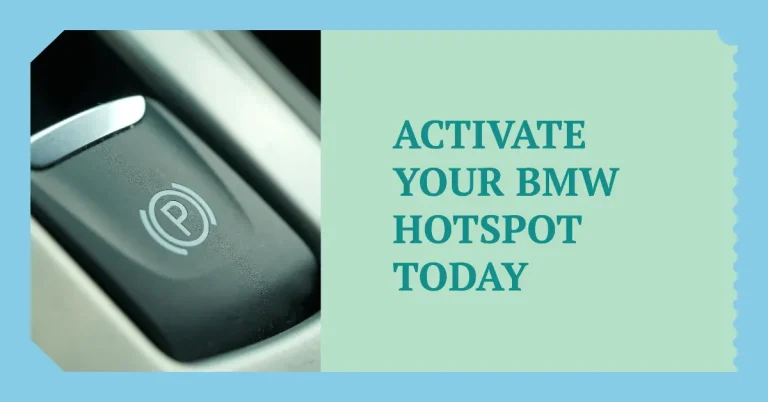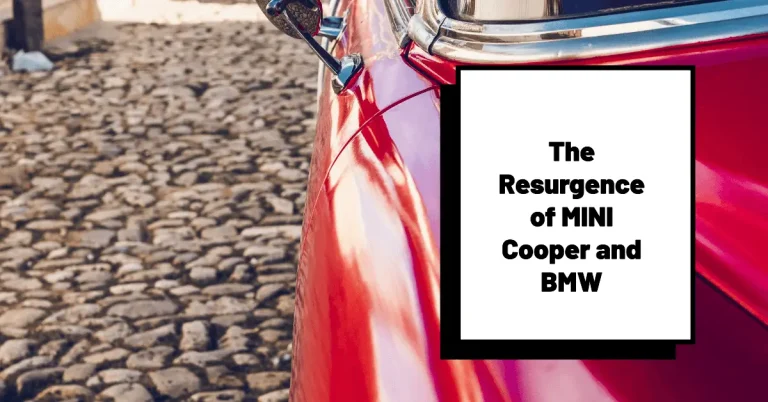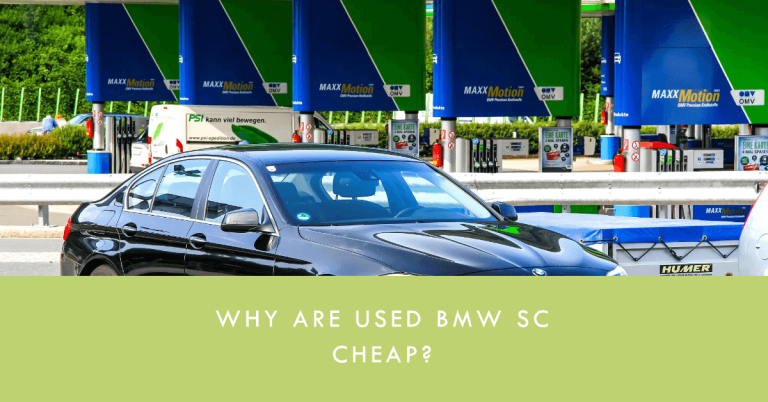Do BMWs Have Spare Tires? Exploring the Availability of Spare Tires.
BMW is a popular luxury car brand that has been around for over a century. One common question that arises among BMW owners is whether the vehicles come with spare tires. The answer is no, BMWs do not come with spare tires. Instead, they are equipped with run-flat tires.
Run-flat tires are designed to allow drivers to continue driving for a limited distance and speed after a puncture. This eliminates the need for a spare tire and reduces the weight of the vehicle, which improves fuel efficiency and handling. While run-flat tires are not invincible, they are a convenient alternative to traditional spare tires. However, it is important to note that not all BMW models are equipped with run-flat tires, so it is important to check before purchasing or driving a BMW.
BMW Spare Tire Availability
When it comes to spare tires, BMW has made some changes over the years. Older BMW models built prior to 2006 are more likely to have a spare tire, even if it’s a space-saver tire. However, newer BMW models, particularly those built in the past 3 to 5 years, do not come with spare tires.
Instead, BMW has opted to equip their vehicles with run-flat tires. Run-flat tires are designed to allow drivers to continue driving for a limited distance even after a puncture or loss of pressure. This eliminates the need for a spare tire altogether, as drivers can safely make it to a service station or tire shop to have the tire repaired or replaced.
While run-flat tires have their benefits, they also have some drawbacks. For example, they can be more expensive to replace than traditional tires, and they may not provide as smooth a ride as regular tires. Additionally, if a driver experiences a blowout or other catastrophic tire failure, a run-flat tire may not be sufficient to get them to a safe location.
Overall, it’s important for BMW owners to be aware of their vehicle’s tire situation and to take appropriate precautions to ensure their safety on the road. This may involve carrying a tire repair kit, keeping a spare tire in the trunk, or simply being aware of the limitations of run-flat tires and driving accordingly.
Types of BMW Spare Tires
When it comes to BMW spare tires, there are two main types: full-size spare tires and compact spare tires. Let’s take a closer look at each of these types.
Full-Size Spare Tires
Full-size spare tires are typically the same size as the regular tires on a BMW. They are designed to be a temporary replacement for a damaged tire and can be used for an extended period of time. Full-size spare tires are often found in older BMW models, and they are usually located in the rear luggage compartment of the car, underneath the floor of the trunk.
Compact Spare Tires
Compact spare tires, also known as space-saver spare tires, are smaller and lighter than full-size spare tires. They are designed to be used as a temporary replacement for a damaged tire until it can be repaired or replaced. Compact spare tires take up less space in the trunk than full-size spare tires, which makes them a popular choice for newer BMW models.
It’s important to note that not all BMW models come with a spare tire. Some newer models are equipped with run-flat tires, which are designed to allow the driver to continue driving for a short distance even after a puncture. Other models may come with a BMW Mobility Kit, which includes a tire sealant and a compressor to inflate the tire.
Overall, the type of spare tire that a BMW comes with will depend on the model and year of the car. It’s important to check the owner’s manual or consult with a BMW dealer to determine what type of spare tire is included with a specific model.
Location of Spare Tires in BMWs
BMW cars are known for their sleek design, advanced technology, and high performance. However, one important feature that is missing from most BMW models is a spare tire. Instead, BMW has opted for run-flat tires or a mobility kit to provide a backup in case of a flat tire.
For those older BMW models that do have spare tires, they are usually located in the rear luggage compartment of the car, underneath the floor of the trunk. However, it is important to note that not all BMW models come with a spare tire. The location of the spare tire, if present, may also vary depending on the specific model and year of the car.
It is recommended to check the owner’s manual of the BMW model to confirm the location of the spare tire. In most cases, the owner’s manual will provide detailed instructions on how to access and use the spare tire in case of an emergency.
For newer BMW models that do not come with a spare tire, they may be equipped with run-flat tires or a mobility kit. Run-flat tires are designed to allow the driver to continue driving for a certain distance even after a puncture or loss of tire pressure. Mobility kits, on the other hand, typically include a sealant and an air compressor to temporarily fix a flat tire.
In conclusion, while spare tires are not a standard feature in most BMW models, it is important for BMW owners to be aware of the backup options available in case of a flat tire. Checking the owner’s manual and knowing the location and type of backup option can help ensure a safe and smooth driving experience.
How to Use BMW Spare Tires?
BMW vehicles do not come with spare tires by default. However, some models may have a spare tire included as an optional feature. If your BMW does have a spare tire, it is important to know how to use it in case of a flat tire emergency.
To access the spare tire, locate the compartment in the trunk where it is stored. The location of the compartment may vary depending on the model of the BMW. Consult the owner’s manual for specific instructions on where to find the spare tire compartment.
Once you have located the spare tire, remove it from the compartment. The spare tire may be smaller than the regular tires on your BMW, but it is designed to be used as a temporary replacement until you can get the flat tire repaired or replaced.
Before installing the spare tire, make sure the car is parked on a level surface and the emergency brake is engaged. Use a lug wrench to remove the flat tire and replace it with the spare tire. Tighten the lug nuts in a star pattern to ensure even tightening.
It is important to note that spare tires are not designed for long-term use and should only be used as a temporary solution until the flat tire can be repaired or replaced. Additionally, some BMW models may not come with a spare tire at all and instead use run-flat tires, which are designed to support the weight of the vehicle even when punctured.
In summary, if your BMW has a spare tire, it is important to know how to access and use it in case of a flat tire emergency. Always consult the owner’s manual for specific instructions on where to find the spare tire compartment and how to install the spare tire. Remember that spare tires are only meant to be used as a temporary solution and should be replaced as soon as possible.
Benefits of Having a Spare Tire
Spare tires are an essential component of any vehicle. Here are some of the benefits of having a spare tire in your BMW:
1. Peace of Mind
Having a spare tire in your BMW can give you peace of mind when driving on the road. If you have a flat tire, you can quickly replace it with a spare tire and continue driving to your destination.
2. Cost Savings
Having a spare tire can save you money in the long run. If you have a flat tire and don’t have a spare, you may need to call for roadside assistance or a tow truck. This can be costly, especially if you’re far from home.
3. Convenience
Having a spare tire in your BMW can be convenient, especially if you’re driving in remote areas where there are no tire repair shops. In such cases, having a spare tire can save you a lot of time and hassle.
4. Safety
Having a spare tire in your BMW can also improve your safety on the road. If you have a flat tire and don’t have a spare, you may be forced to drive on a damaged tire, which can be dangerous. With a spare tire, you can replace the damaged tire and continue driving safely.
In summary, having a spare tire in your BMW can give you peace of mind, save you money, be convenient, and improve your safety on the road.
Alternatives to Spare Tires in BMWs
BMW vehicles are known for their luxury and performance, but one thing that many drivers may have noticed is the absence of a spare tire. While this may seem like a major inconvenience, BMW has implemented several alternatives to spare tires that can help drivers get back on the road quickly and safely.
Run-Flat Tires
One of the most common alternatives to spare tires in BMWs is the use of run-flat tires. These tires are designed to be driven on even after a puncture, allowing drivers to safely reach their destination without having to change a tire on the side of the road. Run-flat tires are made with reinforced sidewalls that can support the weight of the vehicle, even after a loss of air pressure.
While run-flat tires may be more expensive than traditional tires, they offer several benefits. For example, they can save space in the trunk since there is no need for a spare tire. Additionally, they can provide peace of mind for drivers who may be worried about getting a flat tire while on the road.
Tire Repair Kits
Another alternative to spare tires in BMWs is the use of tire repair kits. These kits are designed to temporarily seal punctures in the tire, allowing drivers to safely drive to a service center for a more permanent repair. Tire repair kits typically include a sealant that is injected into the tire through the valve stem, as well as a compressor to inflate the tire back to its proper pressure.
While tire repair kits may not be as convenient as having a spare tire, they can be a useful tool in the event of a flat tire. They are also lightweight and take up very little space in the trunk, making them a good option for drivers who value cargo space.
Overall, while the absence of a spare tire in BMWs may seem like a major inconvenience, the use of run-flat tires and tire repair kits can provide drivers with safe and effective alternatives. By understanding these options, drivers can make informed decisions about how to handle a flat tire while on the road.
Conclusion
In conclusion, whether a BMW has a spare tire or not depends on the model and year. Some BMW models come with a spare tire, while others do not. BMW started using run-flat tires to save weight and complexity since they removed spare tires and the items accompanying them, saving the space required to store them. The fuel economy increased since the cars were not as heavy as spare tires, and they got better gas mileage.
While run-flat tires have their advantages, they also have their disadvantages. They are more expensive to replace than regular tires, and they have a shorter lifespan. Additionally, they are not repairable in some cases, and they can be damaged beyond repair in certain situations.
Overall, it is important for BMW owners to know whether their car comes with a spare tire or not. If it does not, they should be aware of the limitations and drawbacks of run-flat tires and consider carrying a tire repair kit or a spare tire in their trunk. In any case, it is always a good idea to check the owner’s manual and familiarize oneself with the tire options and maintenance procedures of their BMW.







